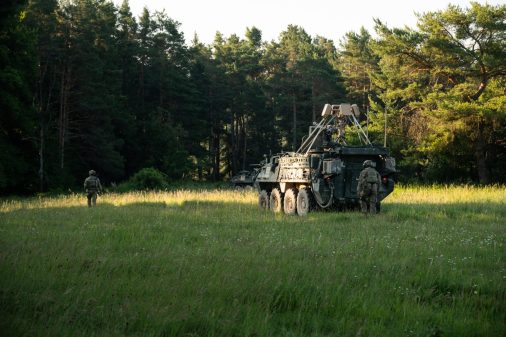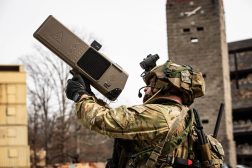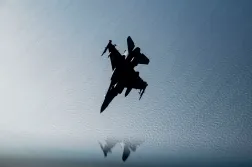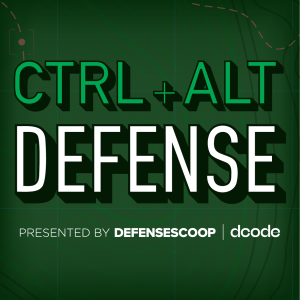DIU confronting C2 challenge for counter-drone phase of Replicator
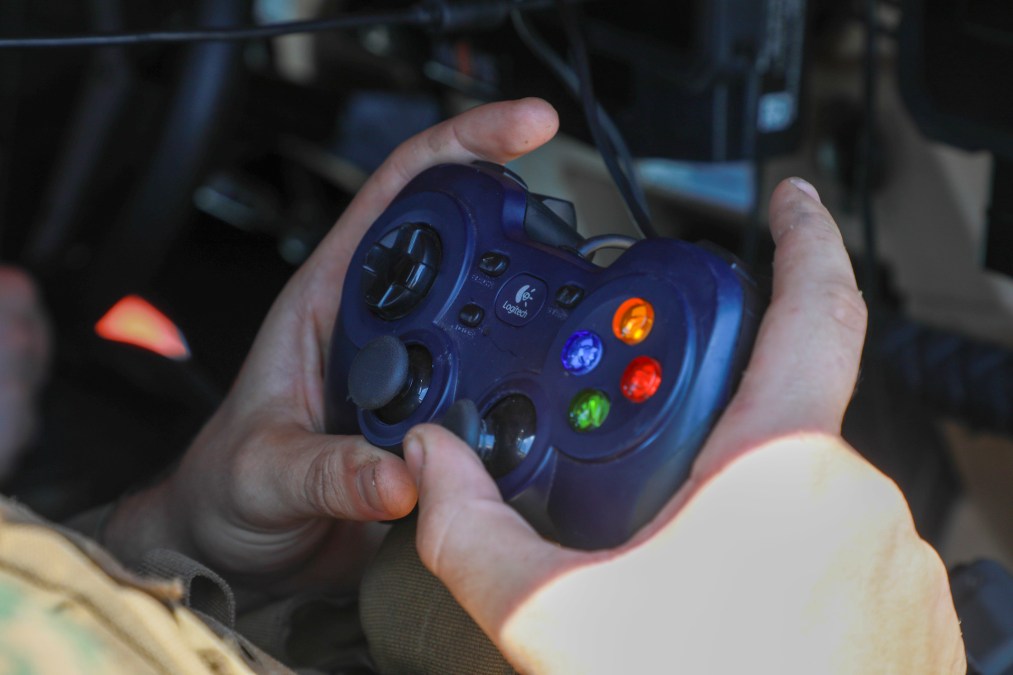
The Pentagon’s Defense Innovation Unit has been tasked with tackling a problem that could stymie the U.S. military’s ambitious plans for the new phase of its Replicator initiative: command, control and integration for a vast array of counter-drone systems.
The Defense Department unveiled its Replicator 2 effort in September, with a goal of accelerating high-volume production of technologies designed to detect, track and destroy unmanned aerial threats.
Shortly after signing off on a classified counter-uncrewed systems strategy last week, Defense Secretary Lloyd Austin jetted off to DIU’s Silicon Valley headquarters to meet with companies developing these types of solutions.
The organization is playing a key role in bringing vendors and enabling technologies into the fold for Replicator.
The unit needs to “start early on the hardest problems, which in many cases are the software problems. And so for Replicator 1 [uncrewed platforms], we’re doing a whole host of things related to collaborative autonomy and command and control … For Replicator 2, we have a similar challenge with command and control across these systems, so we’re starting that now,” Aditi Kumar, deputy director of DIU, said Thursday during an event at the Hudson Institute.
While Replicator 1 is focused on accelerating and fielding thousands of uncrewed systems to counter China’s military buildup in the Indo-Pacific, Replicator 2 is also searching for tools to protect sites in the continental United States.
Lawmakers and other observers outside DOD are also concerned about these types of threats. For example, the compromise version of the fiscal 2025 National Defense Authorization Act, which was released over the weekend, would require the secretary of defense to create a “C-UAS Task Force” and for the director of the Pentagon’s All-Domain Anomaly Resolution Office (AARO) — which investigates reports of “unidentified anomalous phenomena” (UAP) — to designate liaisons to parter with that organization.
In recent days, sightings of mysterious drones in New Jersey have made headlines and raised alarm. And just last month, U.S. and U.K. military personnel were actively monitoring installations around and airspace over Royal Air Force Lakenheath, RAF Mildenhall, RAF Feltwell and RAF Fairford for mysterious small drones that have been repeatedly spotted near those bases.
Operating counter-UAS platforms in the homeland presents some different challenges than deploying these types of capabilities in war zones overseas, Kumar noted Thursday.
For example, one of the risks of firing off anti-drone weapons — be they kinetic interceptors like missiles or electronic warfare tools — in the United States is the possibility that such weapons could harm friendly aircraft and other civilian infrastructure, unintentionally.
“Even though we are designing some conceptual operations that are focused on the Indo-Pacom theater, I think similarly for Replicator 2 we had a chance to talk to some of our commercial partners about this, where there is the homeland defense challenge and then there is the OCONUS challenge. But even overseas, there are restricted environments, dense environments, populated environments that look very similar. We would think about them very similarly to environments in the homeland. And then, of course, there are, you know, conflict zones, and those are different types of solutions that we need to field. And so as we think about them, I think, you know, the homeland defense challenge is going to be probably the biggest one that we need to tackle, and as we think about the types of solutions that we can apply there, we can think about how broadly applicable they are to those other environments so that we can field something more broadly,” Kumar said.
“Even in the way that we selected Replicator 2 locations, Replicator 2 is focused on, you know, protecting our installations and force concentrations. The way that we selected those sites where we would field this capability was very deliberate because we wanted a sample set that is representative of the global footprint. And so as we field to those sites, we will then be able to draw lessons on how we can proliferate those technologies across the globe,” she added. “I think we start with the most limited environments, and then we go out from there.”
She noted that her organization recently released a solicitation via its commercial solutions opening for a “Forward Counter Unmanned Aircraft Systems Command and Control System,” or FCUAS C2.
The document states that critical infrastructure and force concentrations are increasingly at risk from the growing threat of adversary drones.
“Current command and control (C2) systems are not optimized to address the speed at which kill chain decisions (detect, track, identify/ assess, defeat) must occur to counter unmanned systems. As the UAS threat increases, a single operator conducting air defense operations may be overwhelmed,” officials wrote.
To address this problem, the Pentagon “seeks a tactical edge based C2 system that enables a single operator to manage multiple targets and is capable of fire control providing the ability to rapidly adapt to counter swarms of unmanned systems along with other potential manned or unmanned system threats. The solution should reduce operator cognitive load and accelerate the decision process to conduct multiple simultaneous kinetic and/or non-kinetic engagements, be easy to operate and can quickly integrate additional data sources, capabilities, sensors, and effectors and be able to operate autonomously if needed,” per the solicitation.
Some of the “primary attributes” that DIU is looking for when it comes to industry solutions include the ability to operate solely on a laptop, tablet or other portable system as a single piece of hardware; utilize or ingest sensor data for detection, tracking and identification; and “be capable of automated creation of engagement plans and providing fire control for various systems to include effectors such as kinetic, directed energy (DE), and electronic warfare, and attack UAS (interceptors).”
The unit also wants tools that support automated identification and classification of targets, weapons pairing, “prosecution of target,” and assistance with linking “the best sensor with the best effector option” for defeating threats.
Such a capability would fit in with the department’s concept for Combined Joint-All-Domain Command and Control (CJADC2), which aims to better connect the sensors, platforms, data streams and commanders of the U.S. military services and key allies and partners.
Vendor software needs to be able to support a minimum of 2,000 tracks at 4Hz; help with fratricide avoidance and airspace deconfliction; mitigate interference of electronic warfare systems; and support track cueing and track forwarding, according to the solicitation.
“This prototype will require several field exercises and will include integrating with existing sensor and effector systems and executing a full kill chain in a live fire CUAS test event projected for the summer of 2025,” officials wrote.
They noted that prototype other transaction agreements that are awarded may lead to awards of follow-on production contracts or transactions without the use of further competitive procedures.
“The follow-on production contract or transaction will be available for use by one or more organizations in the Department of Defense and, as a result, the magnitude of the follow-on production contract or agreement could be significantly larger than that of the prototype OT,” according to the solicitation.
Industry responses are due Dec. 23.
